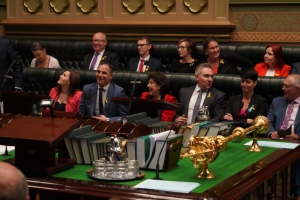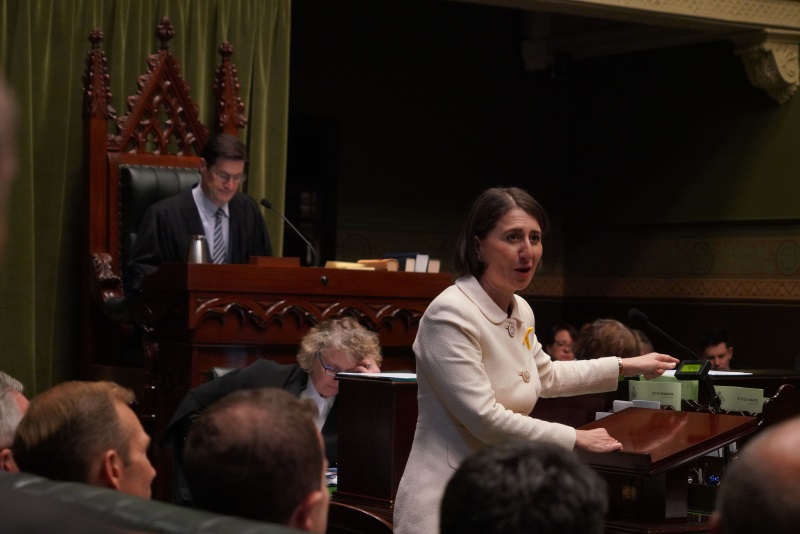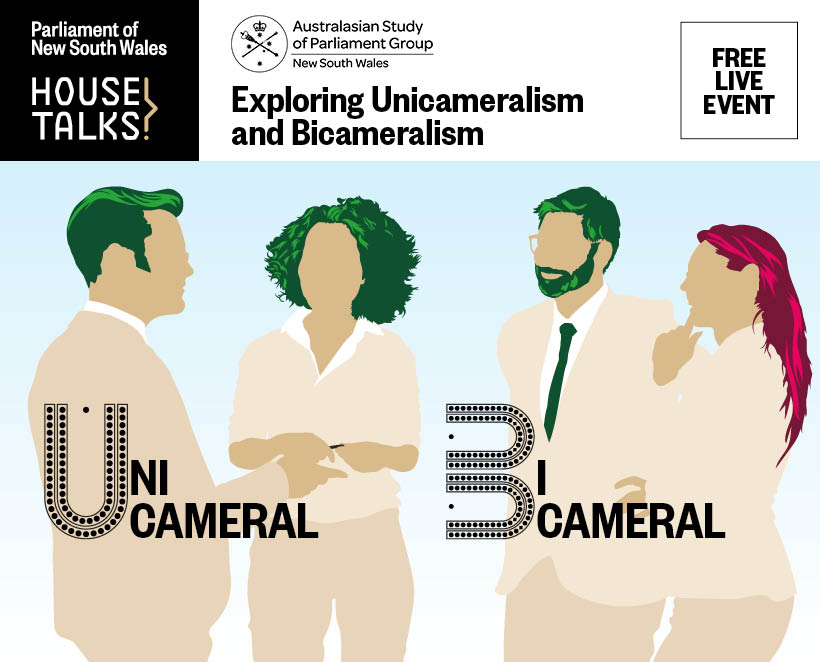
Originating in the Westminster system, Question Time is a fundamental function of this system of government steeped in tradition. In a clear demonstration of the concept of responsible government, Question Time ensures the legislature can act as a brake on any potential misuse of executive power. This important part of each sitting day is the only time when all members must be present in the chambers.

So, what is Question Time?
It’s an opportunity for Members to ask questions of Ministers, and committee chairs, without notice. The Opposition asks questions to keep the Government accountable, and to scrutinise government programs and Executive action. Government Members from the backbench can also ask questions that can highlight the many positives of Government policies and initiatives. Questions asked by Members supporting the Government tend to be pre-arranged and give Ministers an opportunity to announce good news or make general statements. These questions are referred to as ‘Dorothy Dixers’.
Answers to questions must be generally relevant and the Speaker may rule on whether this requirement is met if the Opposition objects. NSW Parliament is colloquially known as the ‘bear pit’ for its adversarial and robust exchanges.
Question Time usually commences around 2.20 pm and is limited to 45 minutes or ten answers, whichever takes longer. The Leader of the Opposition is entitled to ask the first question. Any Member may then seek the call, but traditionally questions alternate between Government and Opposition Members. Crossbench Members are allocated a number of questions each week proportionate to their numbers as part of the non-Government allocation. At present this equates to approximately three questions per sitting week.

Types of questions
- Questions without notice – These are the questions asked in Question Time. Ministers do not receive notice of the questions to be asked (at least, not from the Opposition). The rules and times for Question Time vary between the two Houses.
- Questions on notice – These are questions asked of Ministers in writing and the answers are also given in writing. They are tabled in the Parliament but are not the subject of any Parliamentary debate in themselves. There is no limit to the number of these questions.

How much of a bear pit is the ‘bear pit’?
The Speaker in the Chair presides over the House, to uphold the Standing Orders and preserve order. The nature of the contest between the Opposition and Government that is on public display at Question Time means that proceedings are intense and the subject of significant media interest. There are rules about the content of questions and to whom questions may be directed. Answers are limited to five minutes, although the Member who asked the original question may seek additional information (limited to two minutes), and one Member may ask a supplementary question during each question time which counts toward the total of ten answers.
So, what’s in a question?
Quite a lot is at stake at Question Time. It is a parliamentary proceeding centred on scrutiny and accountability. Question Time within the daily routine of the Legislative Assembly is a clear demonstration of the concept of responsible government.



